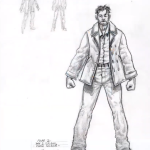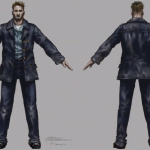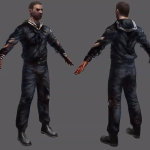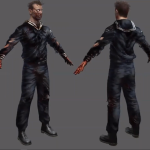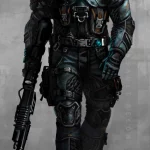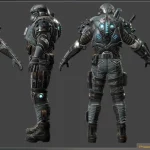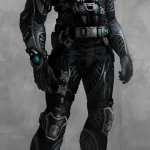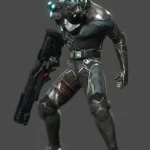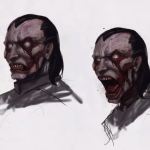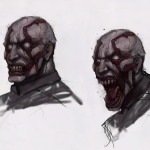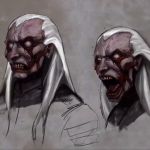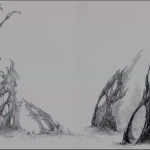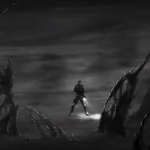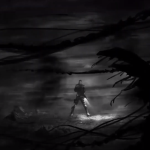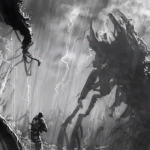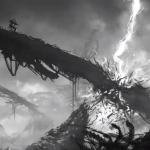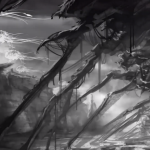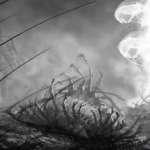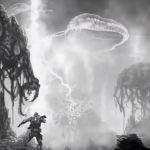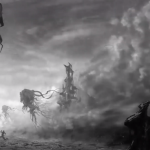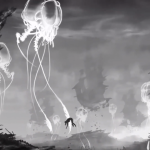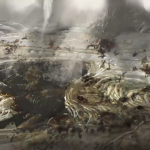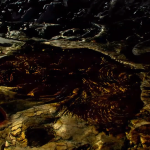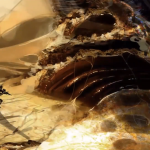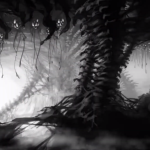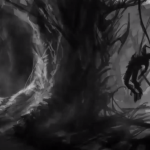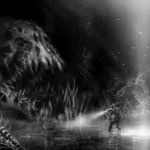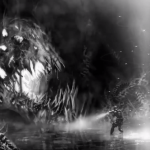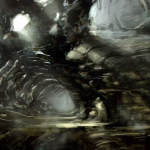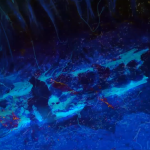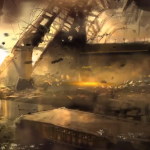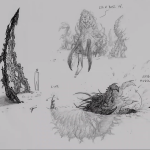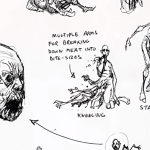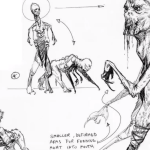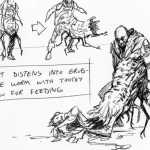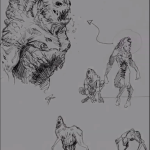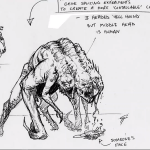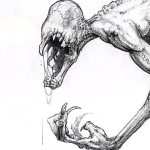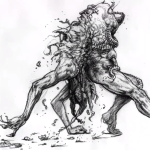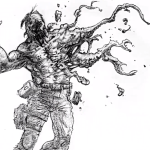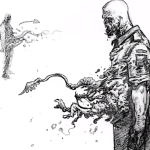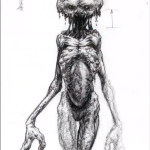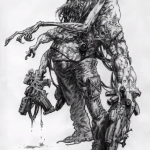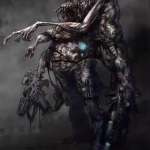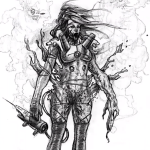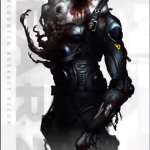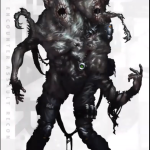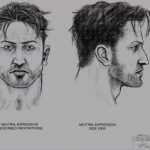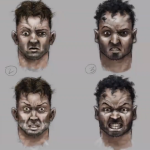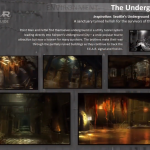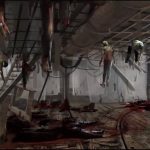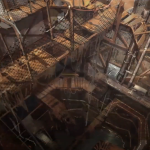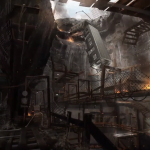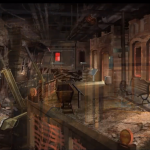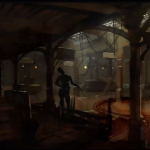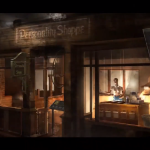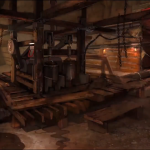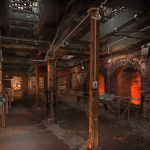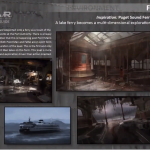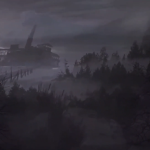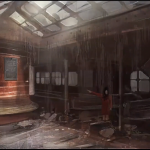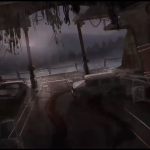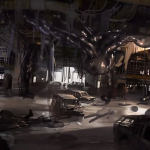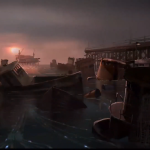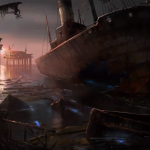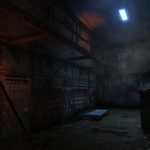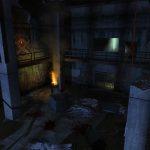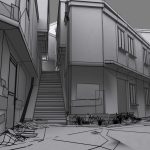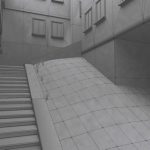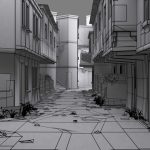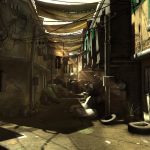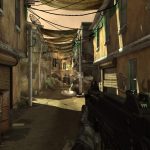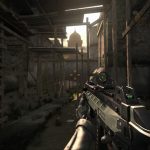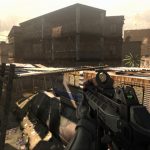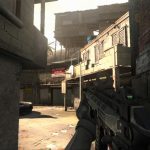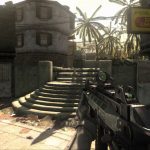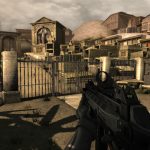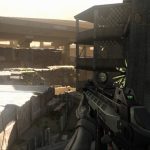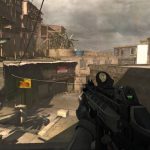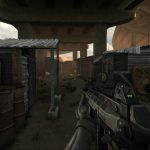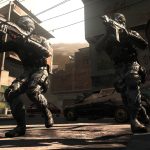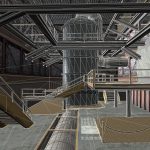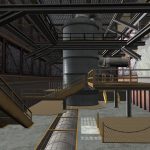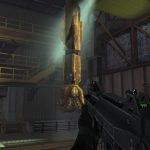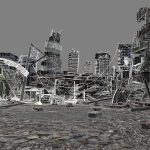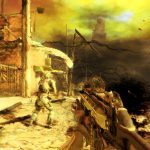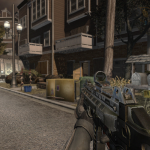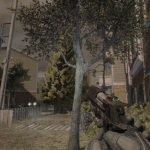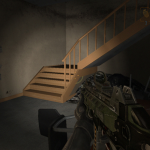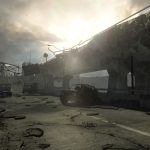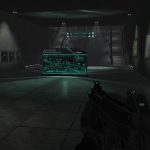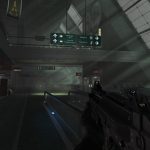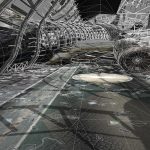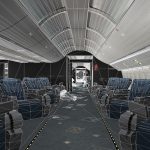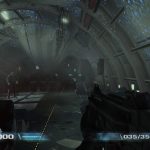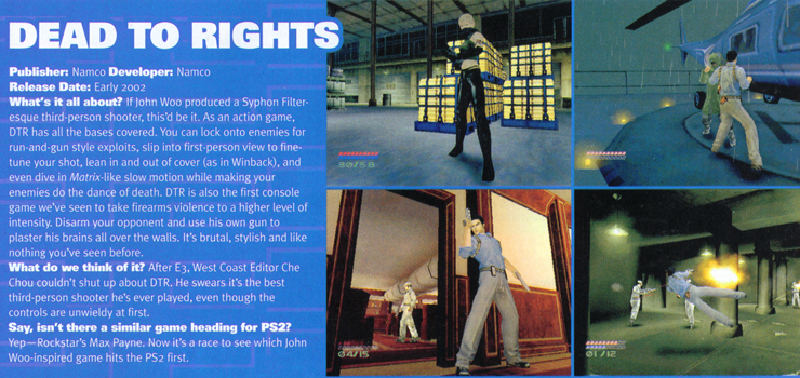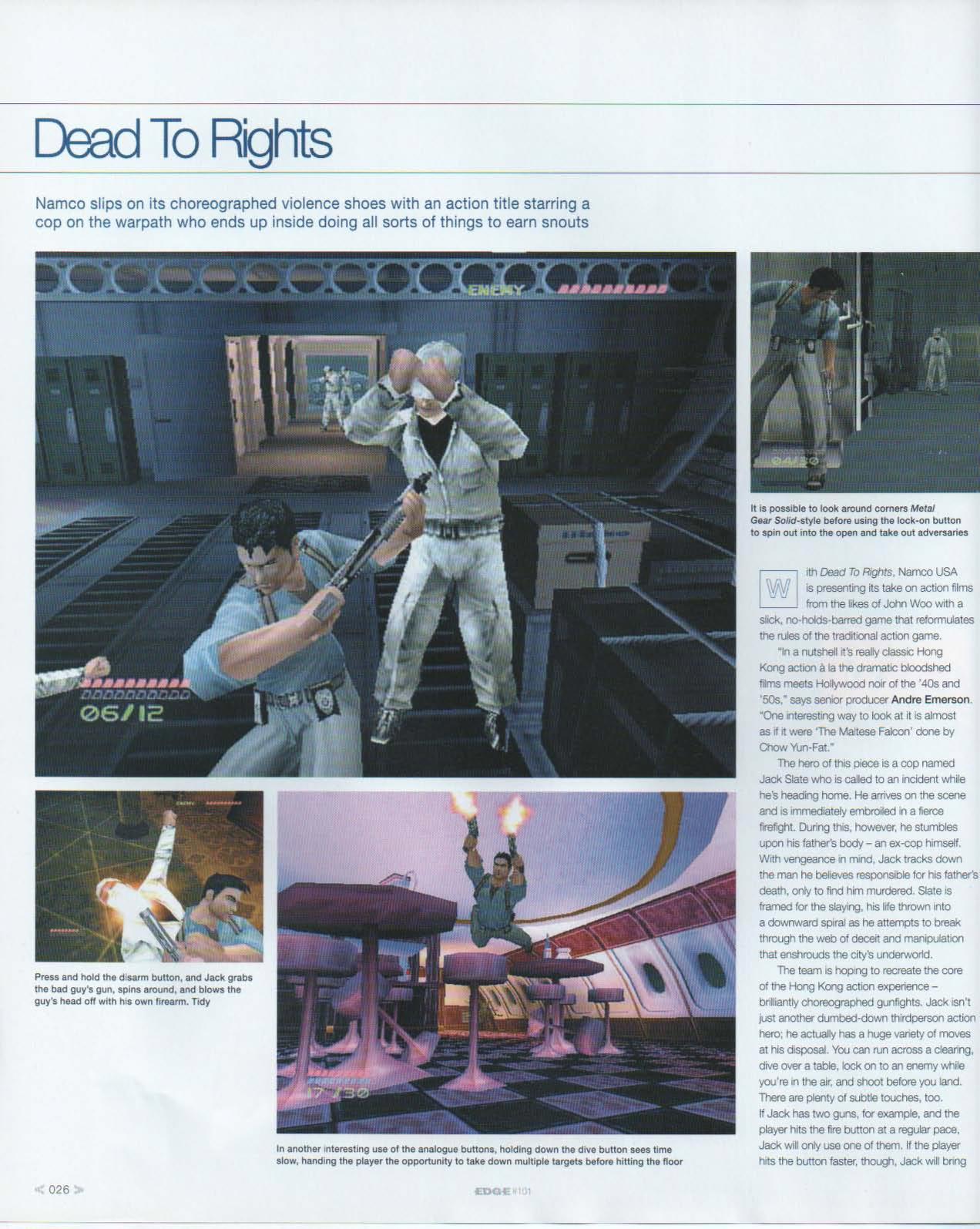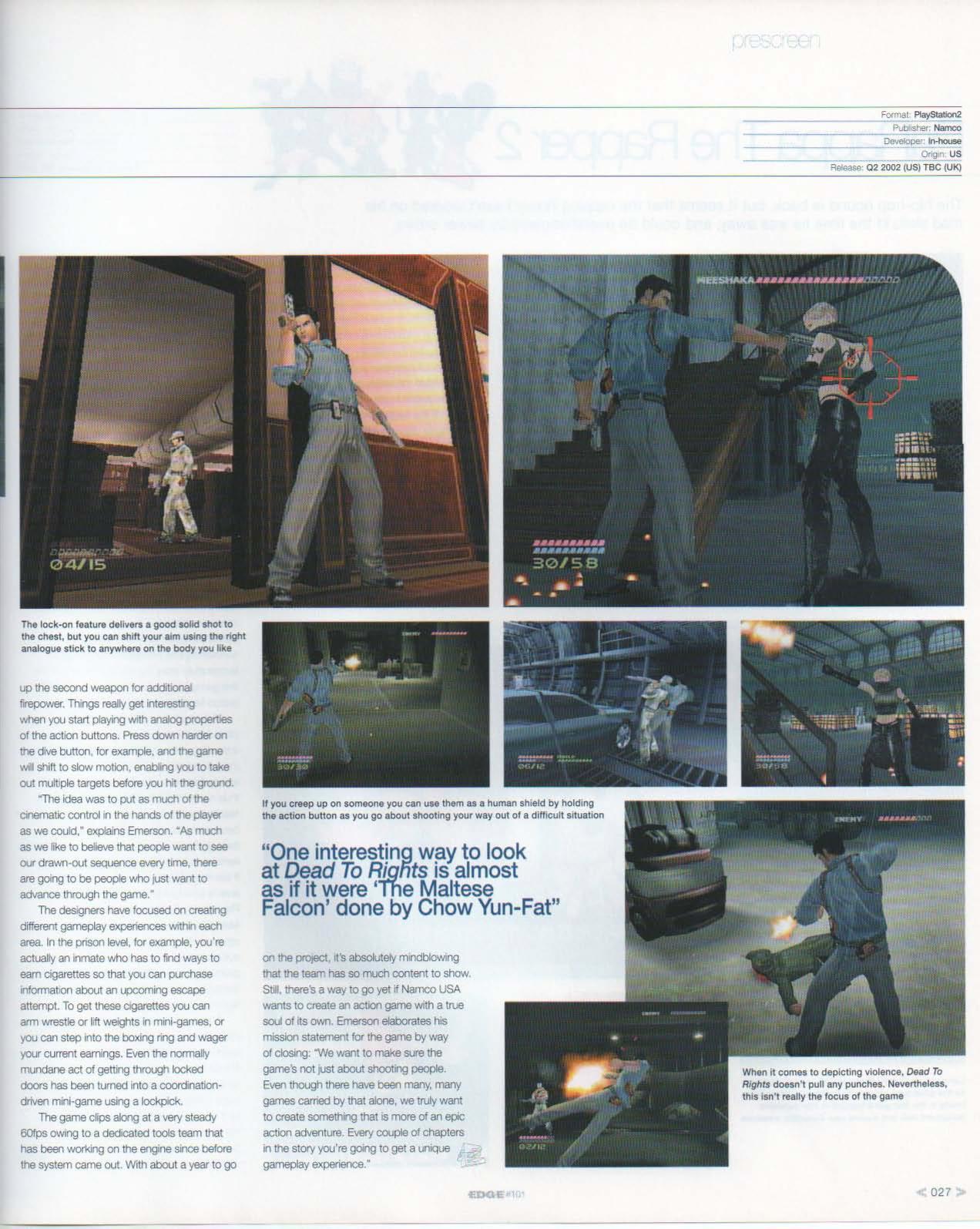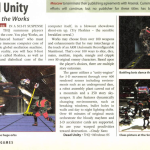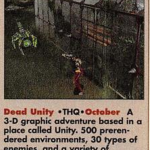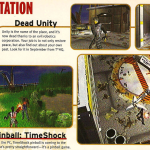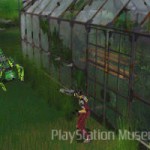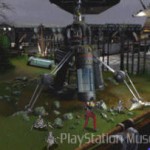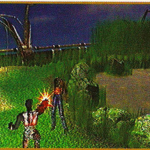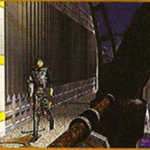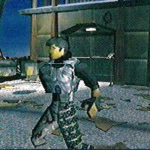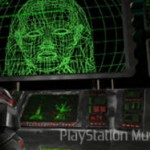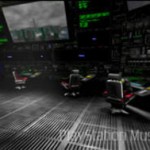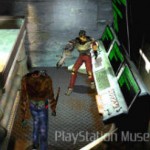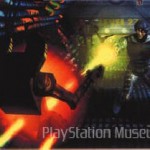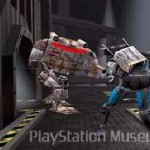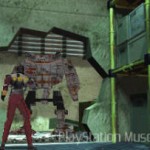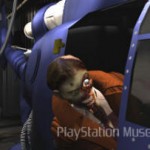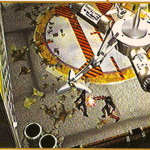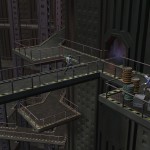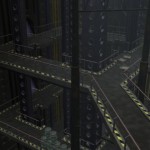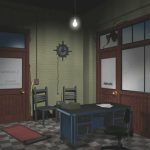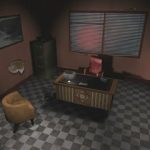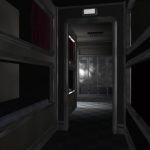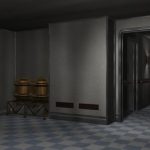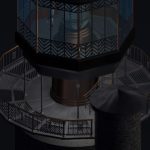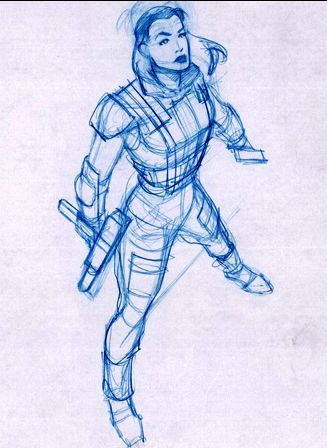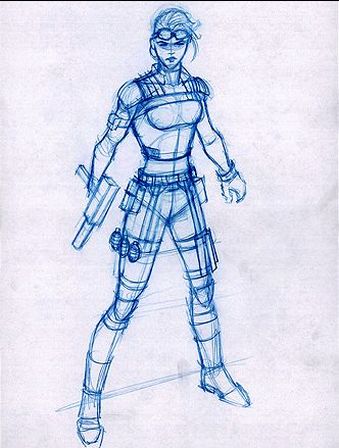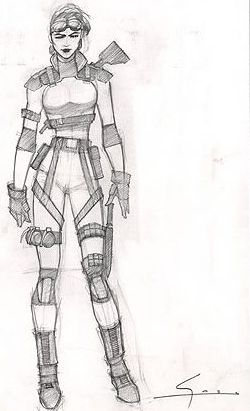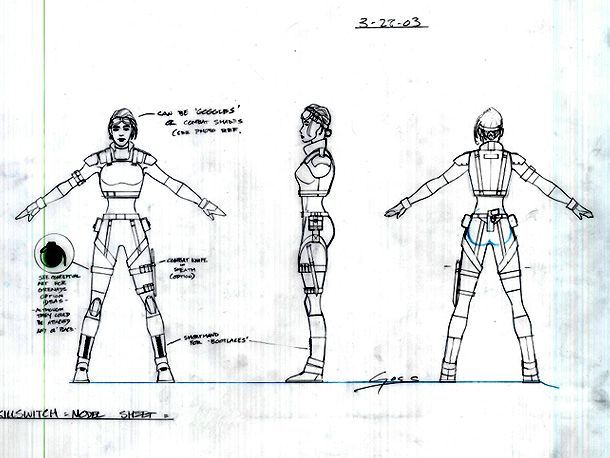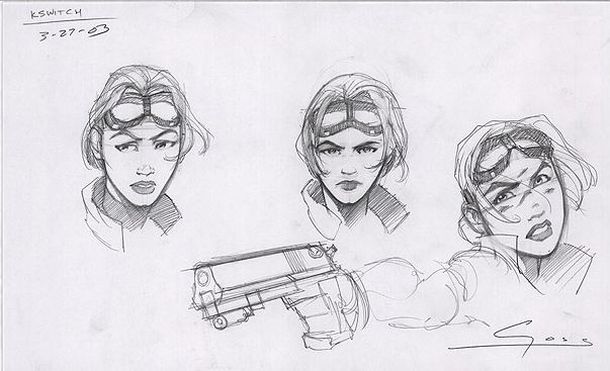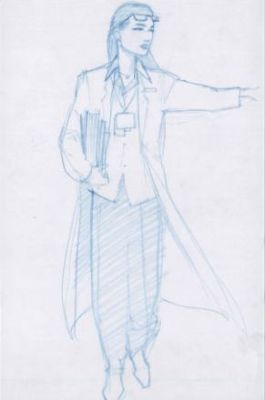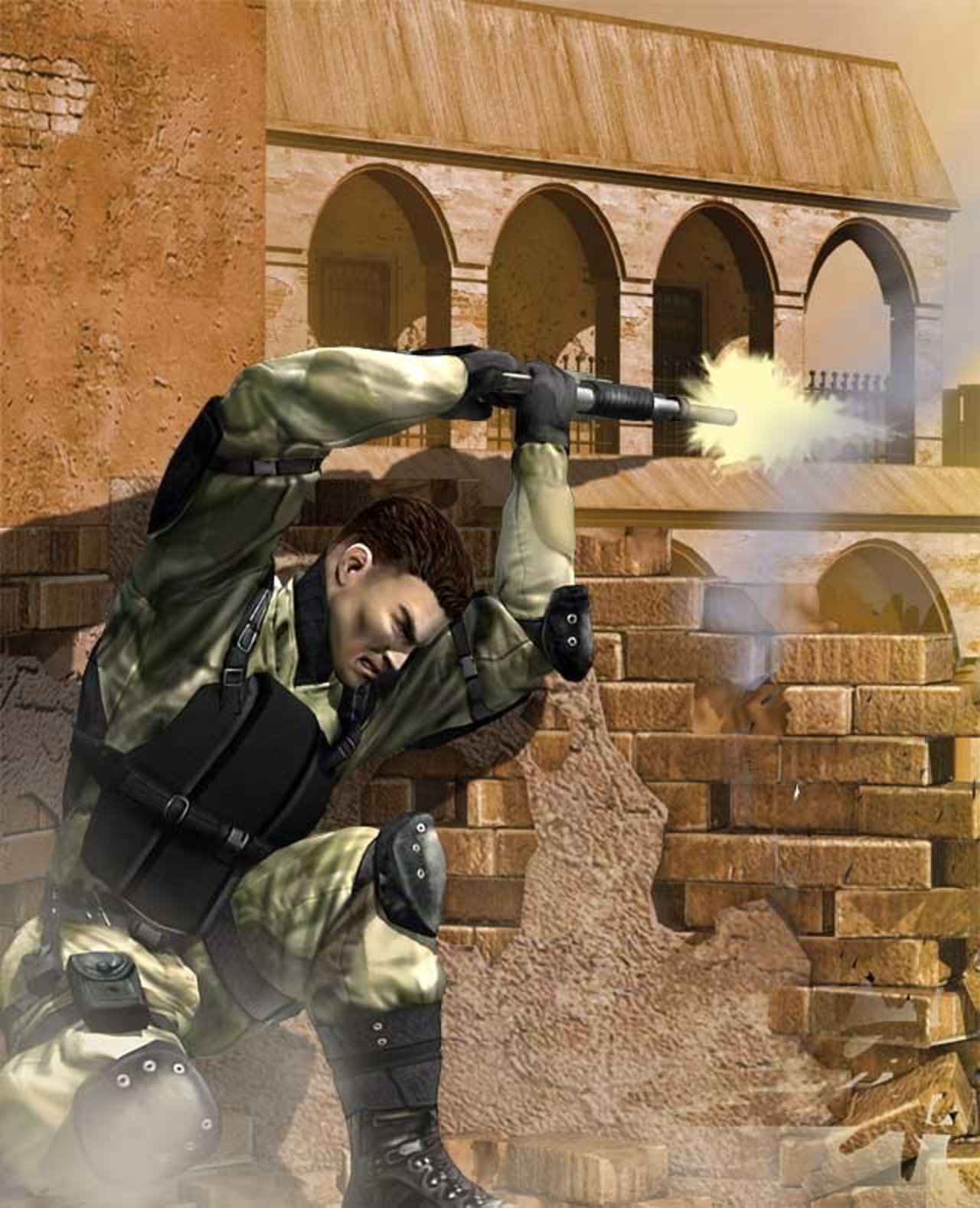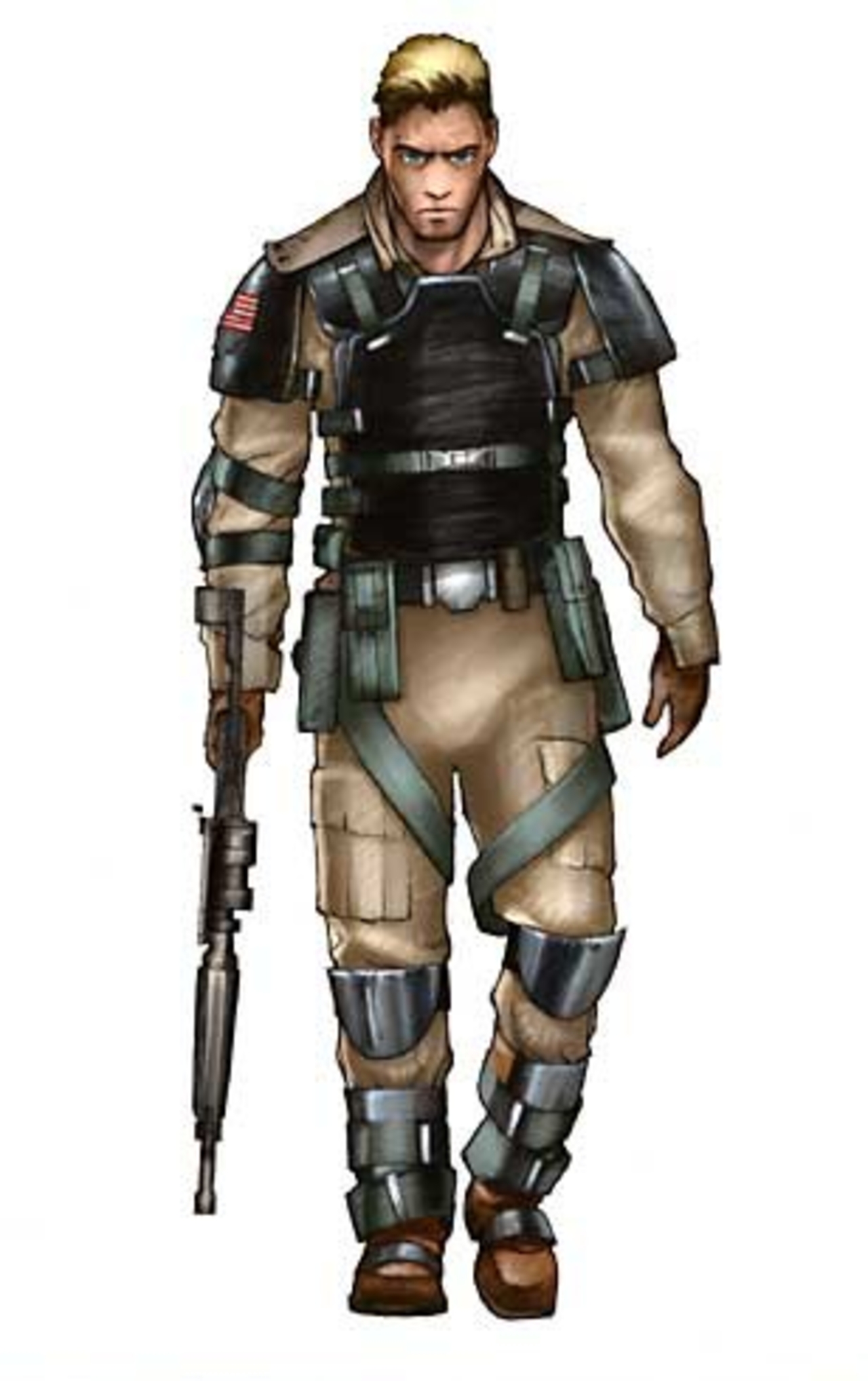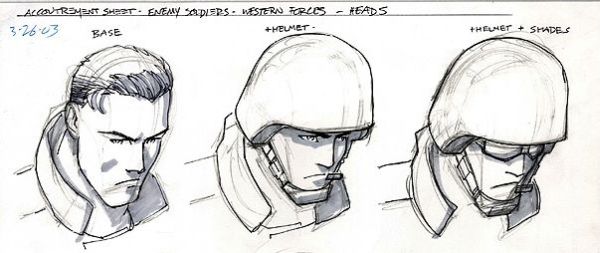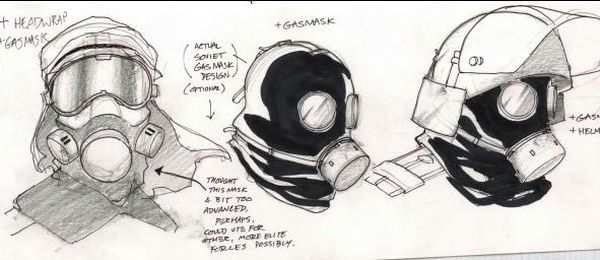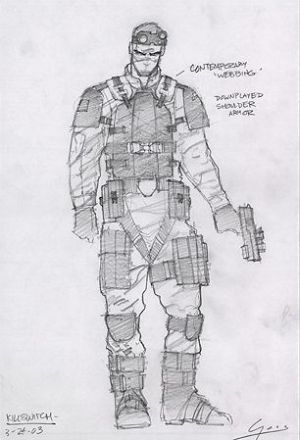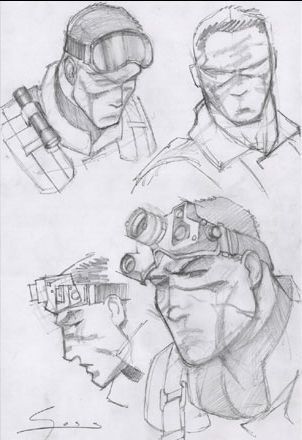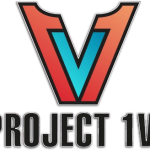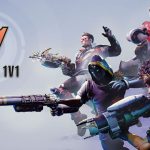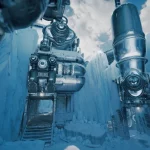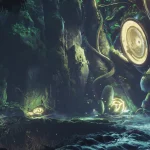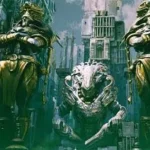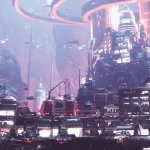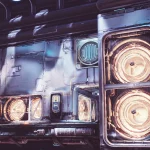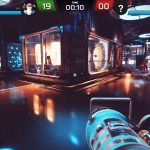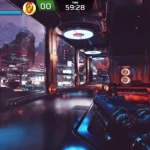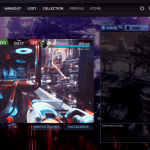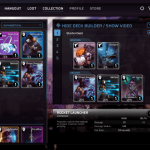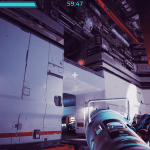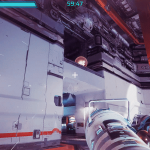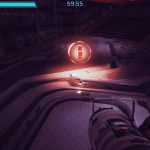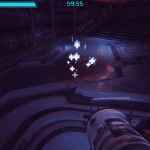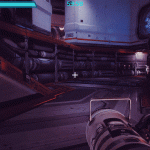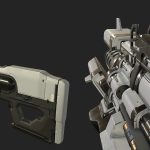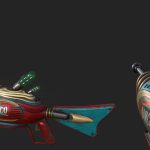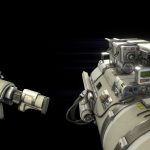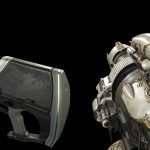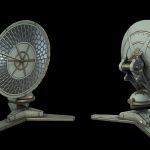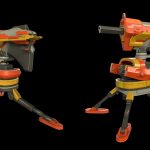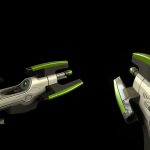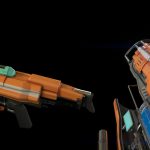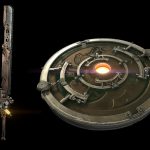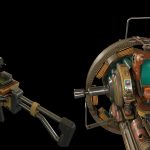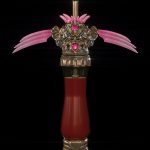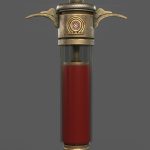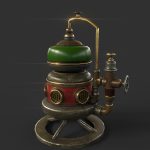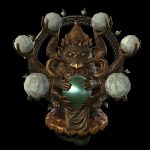F.E.A.R. is a Horror First-Person Shooter developed by Monolith Productions for Vivendi Universal Games, under its Sierra Entertainment brand, and released in 2005. Considered by many to be the crown jewel on the games list of Monolith, the first F.E.A.R. was critically acclaimed upon its release thanks in particular to the quality of its Artificial Intelligence, to its graphics engine which featured a highly detailed particle system and complex lighting effects, to its visceral gameplay whose fights were inspired by scenes from Hard Boiled and The Matrix and highlighted by a feature inspired by Bullet Time, and finally, its horrific atmosphere inspired by Asian Horror such as Ring, Ju-On: The Grudge, The Eye or even Akira.
Unsurprisingly, with so much quality for its time, beside being a critical success and earning numerous awards, F.E.A.R. was also a commercial success selling over two million units worldwide, across the PC, PS3 and Xbox 360. It should therefore come as no surprise that a sequel was quickly put into development. This is where things get complicated. Officially revealed in May 2004 by Monolith, the first F.E.A.R., as mentioned above, was published by Vivendi whose contracts had already been signed. But in August of the same year, it was another publisher, Warner Bros. Games, which acquired Monolith. This will create for a few years a split regarding the ownership of the rights of the F.E.A.R. franchise. In broad terms, and as explained by 1UP back in 2007, Monolith and Warner owned the rights to the F.E.A.R. intellectual property and characters, and Vivendi owned the name “F.E.A.R.” As a result, any non-Vivendi game set in the F.E.A.R. universe could use the characters and events from the original game, but could not be called F.E.A.R. At the same time, any non-Warner game set in the F.E.A.R. universe could not use the characters and events from the original game, but could be called F.E.A.R.
In February 2006, Monolith began to work on a sequel of F.E.A.R. simply named Project Origin, in reference to a key plot element from the first game. It was not until September 2008, after 2 and a half years of development, that Vivendi made the decision to give back the F.E.A.R. brand to Warner. Subsequently, Project Origin was renamed F.E.A.R. 2: Project Origin, as stated by IGN:
It’s a bit funny how the corporate world works. In 2005, Sierra and Monolith put out an acclaimed first-person shooter called F.E.A.R. that blended elements of Japanese-style horror with kinetic gunplay. But prior to that, in 2004, Monolith was acquired by Warner Bros. Interactive Entertainment, which meant that things would get complicated for any follow-up. Sierra owned the name F.E.A.R., but Monolith was the company responsible for actually making it. So what happened next was a bit comical. Warner Bros. Interactive Entertainment announced Project Origin, a game that would effectively be the spiritual successor to F.E.A.R., while Sierra would make F.E.A.R. 2 with another developer.
And then came 2008. Vivendi Universal Games, the parent organization of Sierra, merged with Activision to become the largest third-party publisher in the world. VUG’s crown jewel, of course, is Blizzard, the studio responsible for World of Warcraft, StarCraft II, and Diablo. Sierra’s lineup was examined, and most of its games were recently dropped. Indeed, Sierra’s future is in doubt.
Senseing an opportunity, Warner Bros. and Monolith struck, and they are announcing today that they have acquired the F.E.A.R. name, meaning that the creator of F.E.A.R. once again has access to the name. To that effect, Project Origin is being renamed to F.E.A.R. 2: Project Origin.
While a F.E.A.R. 2 was officially in development for Vivendi, it was, for many years, totally unknown what could it be and which company had the task to make the game.
It wasn’t until October 7th, 2021 that YouTuber Dead Domain uncovered and shared information about that F.E.A.R. 2. Through investigative work regarding initially a documentary about the troubled development of F.3.A.R., they were able to get in touch with Art Director Heinz Schuller and Narrative Designer Cory Lanham, both working at Day 1 Studios, the company chosen by Warner for the making of F.3.A.R., the final official game in the main series. Today, thanks to them, Unseen64 has the authorization to share the information collected by them regarding this F.E.A.R. 2 by Day 1, revealed in the documentary F.E.A.R. 3: Aftermath. We thank them very much and, mainly, keep in mind that all the credit goes to them.
The Day 1 game began its development somewhere between the end of Winter and the beginning of Spring 2007, was loosely inspired by the Philadelphia Experiment, and was to depict a new phasing technology falling into the wrong hands and being used to open up a passage to and from a supernatural parallel universe called the World Behind the Walls. To close it, a F.E.A.R. squad is deployed. The concept arts showing characters, enemies and environments that you could see in the video, alongside our gallery below were mainly the work of Character & Concept Artist Grant Hillier. As Dead Domain pointed out on the environments of the World Behind the Walls:
The concepts for the World Behind the Walls show skeletal otherwordly structures and unreal geometry. There are even some that feature what appear to be ambient wildlife.
Another interesting piece of trivia about this F.E.A.R. 2 concerns the Phase Soldier, an enemy that would be able to shift between realities. The original concepts depict them as members of the US Navy, we could make an assumption that it was to emphasize the inspiration taken from the Philadelphia Experiment.
- Phase Soldier
- Phase Soldier
- Phase Soldier
- Phase Soldier
When the F.E.A.R. name was re-acquired by Monolith and Warner back in September 2008, the work done by Day 1 for F.E.A.R. 2 was cancelled by Warner as, mentionned above, Project Origin became the official sequel to the first F.E.A.R. They decided nevertheless to give the development of a third F.E.A.R. game to Day 1. Heinz Schuller explained:
(…) because of that, they decided ‘okay, we’re going to make Project Origin F.E.A.R. 2, and we’re going to make the game that you guys working on will become F.E.A.R. 3’. What our F.E.A.R. 3 started out as evolved quite a bit from when we started it until we ended it. Suddenly we had all the F.E.A.R. universe back: we could use all the characters from F.E.A.R. and F.E.A.R. 2.: Project Origin. So that was pretty much a total reboot of the narrative of our game. All of our sort of Phase Soldiers and sort of parallel universe stuff went away.
Still according to Heinz Schuller, the Phase Soldier is the only surviving element of their F.E.A.R. 2 that was transferred to the final version of F.3.A.R., although totally redesigned:
We did take along this idea of phasing and technology that would allow soldiers to essentially beam in and out of our world. So one of the enemies in F.3.A.R. is this heavy Phase Soldier. He can zap into a scene and create an energy field and spawn soldiers around him. I think that was the only element that really survived from our F.E.A.R. 2.
- Phase Commander
- Phase Commander
- Phase Caster
- Phase Caster
The rest of this documentary focuses on the entire development of F.3.A.R., based on various testimonials from former Day 1 developers. It is worth mentioning that the game still had some changes. Thus, we can learn that some levels never got past the concept art stage such as an underground level with the streets above viewable through holes in the ceilings, with hallways showing the Old City set up with mannequins for tourist attraction, or a ferry ride serving as the penultimate level of the campaign where the two protagonists were transported to the island where the Project Origin’s laboratory is located. According to the art style guide, this level should have been more oriented towards exploration and horror than action, with Point Man who would have been in spectral form just like Paxton Fettel. We can also add that the latter went through various design for his appearance, which was, in the beginning, more focused on a ghoulish aspect:
- Unused Paxton Fettel’s appearance concept art
- Unused Paxton Fettel’s appearance concept art
- Unused Paxton Fettel’s appearance concept art
The narration was also modified on certain points, such as for example the opening sequence which, according to Cory Lanham, was to take place in the middle of the game, in what is the equivalent of Interval 05 – Tower in the final title, before returning the player back during subsequent missions to explain why we find ourselves in this situation. A narrative process called In Media Res, notably used in God of War: Ascension:
(…) I had written and pitched a whole idea for the opening of the game, I think it was originally supposed to open like somewhere towards the latter part of the game, it’s like a preview of what’s coming and then we take you and put you back 12 hours earlier or whatever. So I had written this whole sequence that bounced back and forth between that sort of high action huge moment like the one around the space needle, where it was supposed to open originally, and then it sort of goes back to the Favela at the beginning. It would go back and forth between a cinematic of Alma giving birth to the two brothers, and then cut, and then just keep coming back to the gameplay of lots of high action. And then, the whole idea was to carry the sound effect of the EKG through the transition between the cinematic with the giving birth stuff and the high action stuff, there would be always that sound effect in the background that sort of would be tied in. But it was too expensive basically. That was what it boiled down to, and I think also the guys from Monolith really had a vision that they wanted to execute on, so it really didn’t fit in what they were thinking about doing so.
Another idea that didn’t make the final cut was also to base the entire campaign in South America, especially in the favelas, but as Warner became more and more implicated in the development of F.3.A.R., that idea was dropped in favor of locations inspired by cities from the Washington state, such as Seattle. Heinz Schuller recollected:
Originally, we wanted to base the whole narrative in South America. At the end of F.E.A.R. the idea was Point Man went and holed up in South America for the entire duration of F.E.A.R. 2: Project Origin. (…) We thought we were all really smart by coming up with this really cool original premise, and then Modern Warfare 2 came out and was based in favelas and then the Hulk movie came out which was also based there. But then, Warner had started to get, with T.J. Wagner, working out the locations and they wanted to move the game narrative up to Pacific Northwest, in a post-apocalyptic version of Seattle, where the original nuke went off at the end of F.E.A.R. We fought a lot of battles to try to keep as much of the favelas stuff in, but it ended up just being the first level of the game, so if you remember, you spawn in a prison in South America and you have to break your way out. Even though a lot of that was reworked, that was kind of still the anchor to our first draft of F.3.A.R.
As we can read on the old blog of Art Manager Stephen Langmead, it seems the art direction made by Day 1 was also reworked, this time by Exis Interactive:
(…) We weren’t happy with the quality so we were having them redone by our outsourcer Exis Interactive, who we incredible to work with.
In the screenshots in the last gallery below, we can see some redesigns here and there such as the HUD, the weapons or the airport level which would have made us move in a plane full of dead bodies and potentially what could be appears as an NPC.
F.3.A.R. was finally released in June 2011 after being delayed numerous times and received “mixed or average” reviews from the press. It seems the game’s sales were disappointing, and the F.E.A.R. franchise has been on hiatus since then.
Although considered as the black sheep of the franchise today, it is difficult not to feel a certain sympathy for the developers at Day 1 Studios who had to endure years of reboots in addition to crunches and burnouts. We may not like F.3.A.R. for what it is, but we can’t really blame the members of Day 1 who tried their best despite numerous setbacks hence the final result.
From then on, Unseen64 would like to thank through this article Heinz Schuller, Cory Lanham, Stephen Dinehart, Matt Mason, Chris Julian, Greg Ruddick, Matthew Singer as well as all the other members of Day 1 who were directly or indirectly involved in the development of F.3.A.R., and above all, a very special thanks to Dead Domain for having kindly accepted that we could transcribe certain parts of their documentary for this article.
Day 1’s F.E.A.R. 2 images:
- Monster reminiscent of the Scavenger from F.3.A.R.
- Monster reminiscent of the Creep from F.3.A.R.
- Phase Soldier
- Phase Soldier
- Phase Soldier
- Phase Soldier
F.3.A.R. Concept arts from cut levels:
- Cut underground level concept art
- Cut underground level concept art
- Cut underground level concept art
- Cut underground level concept art
- Cut underground level concept art
- Cut underground level concept art
- Cut underground level concept art
- Cut underground level concept art
- Cut underground level concept art
- Cut ferry ride level concept art
- Cut ferry ride level concept art
- Cut ferry ride level concept art
- Cut ferry ride level concept art
- Cut ferry ride level concept art
- Ship graveyard cut concept art
- Ship graveyard cut concept art
- Unused Paxton Fettel’s appearance concept art
- Unused Paxton Fettel’s appearance concept art
- Unused Paxton Fettel’s appearance concept art
F.3.A.R. screenshots’ version by Day 1 Studios showing cut or modified levels:
- Screenshot provided by Heinz Schuller
- Screenshot provided by Heinz Schuller
- Sao Paulo alley by Damien Bull
- Sao Paulo alley by Damien Bull
- Sao Paulo alley by Damien Bull
- Screenshot provided by Heinz Schuller
- Screenshot provided by Damien Bull
- Screenshot provided by Damien Bull
- Screenshot provided by Damien Bull
- Screenshot provided by Damien Bull
- Screenshot provided by Damien Bull
- Screenshot provided by Damien Bull
- Screenshot provided by Damien Bull
- Screenshot provided by Damien Bull
- Screenshot provided by Damien Bull
- Screenshot provided by Heinz Schuller
- Oilrig interior by Damien Bull
- Oilrig interior by Damien Bull
- Screenshot provided by Damien Bull
- Exterior street by Damien Bull
- Screenshot provided by Damien Bull
- Screenshot provided by Matthew Quickel
- Screenshot provided by Matthew Quickel
- Screenshot provided by Matthew Quickel
- Screenshot provided by Heinz Schuller
- Screenshot provided by Heinz Schuller
- Screenshot provided by Heinz Schuller
- Screenshot provided by Heinz Schuller
- Airport interior by Damien Bull
- Airplane interior by Damien Bull
- Screenshot provided by Damien Bull
- Screenshot provided by Damien Bull
- Screenshot provided by Damien Bull
Videos:
Gameplay prototype before the art reboot made by Exis Interactive. Both videos provided by Art Director Heinz Schuller.

